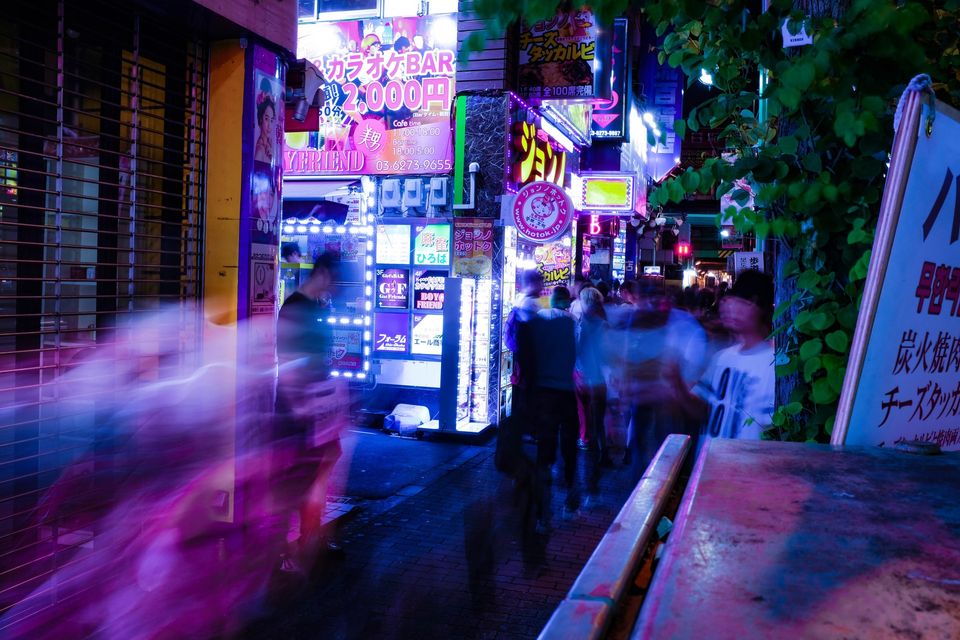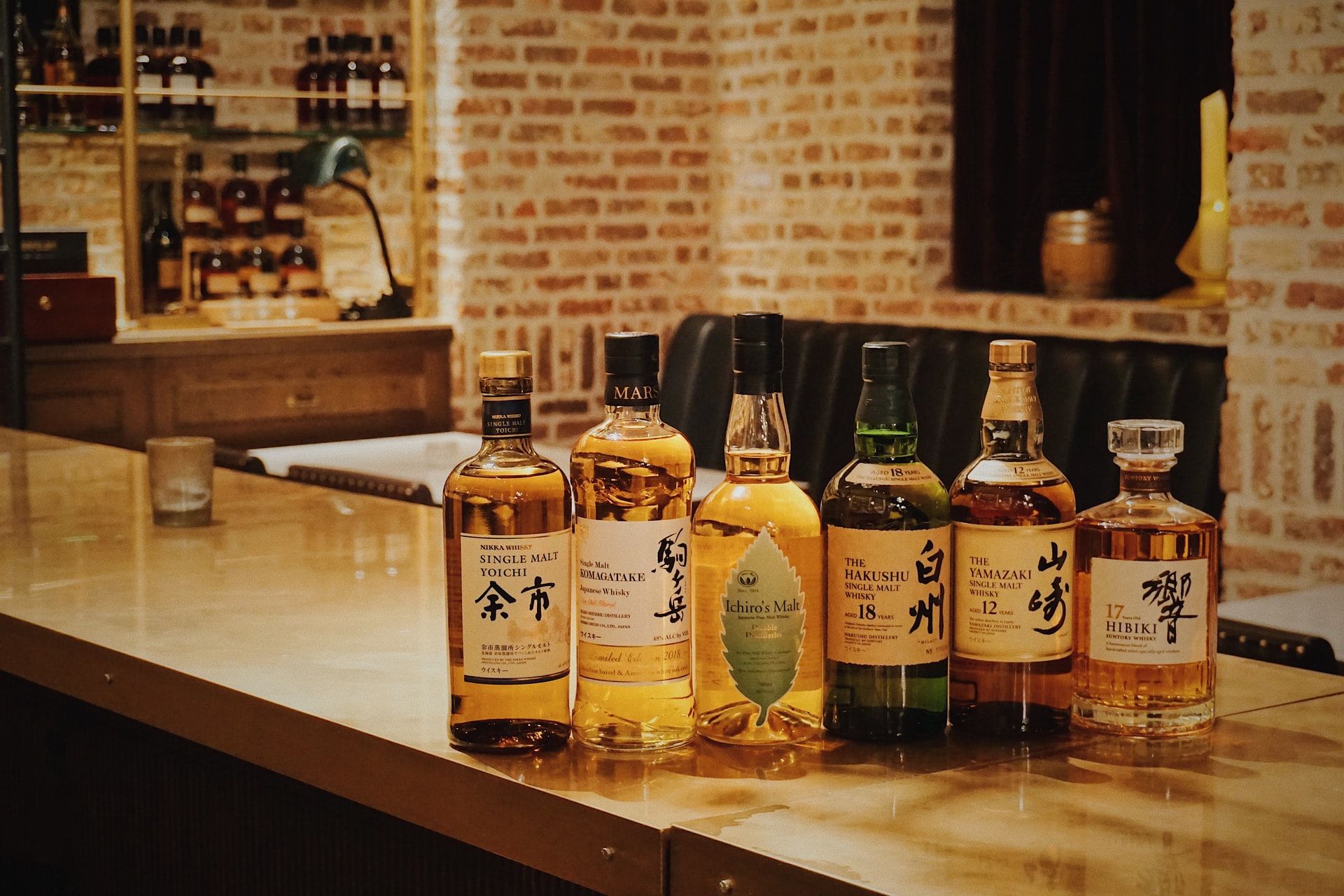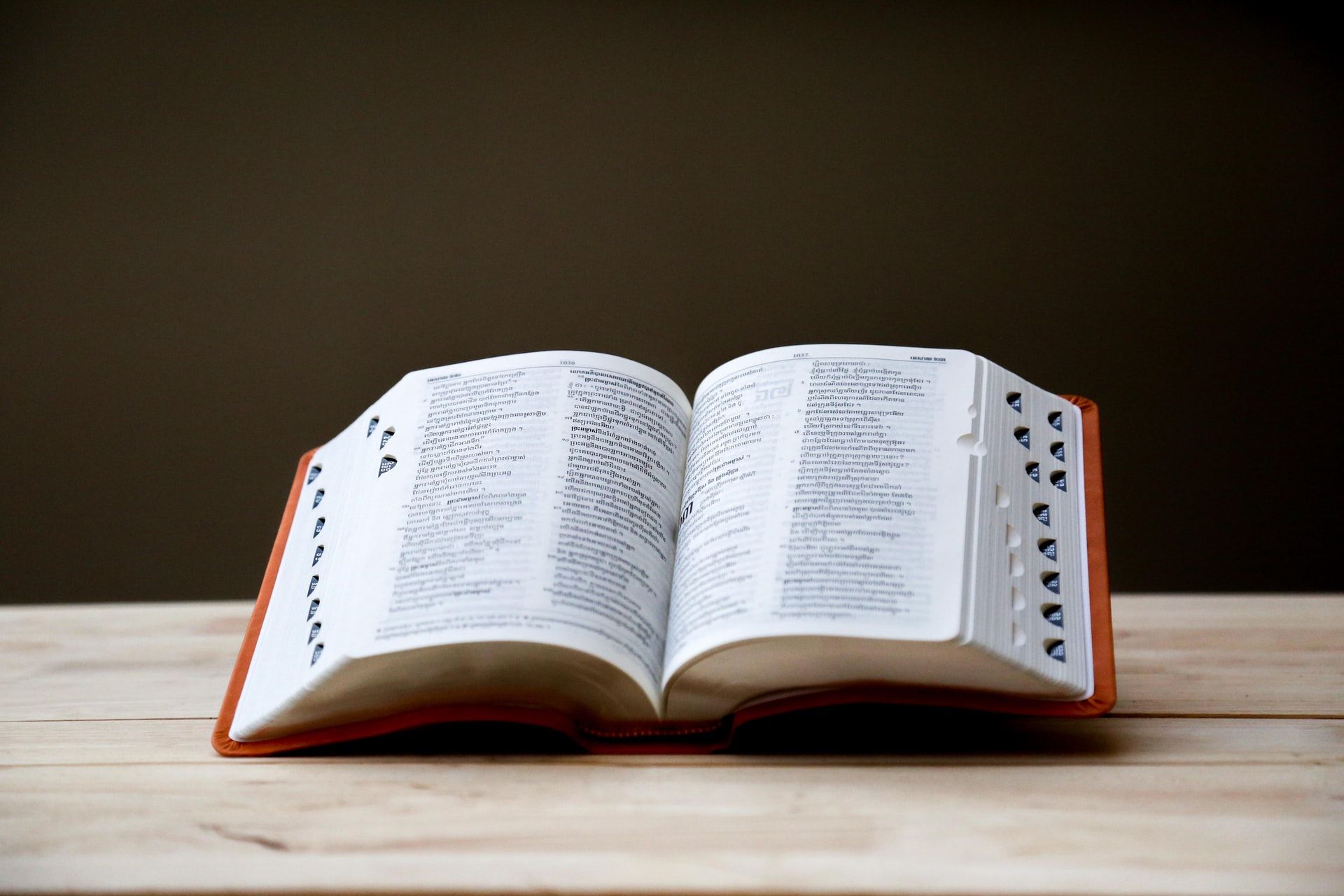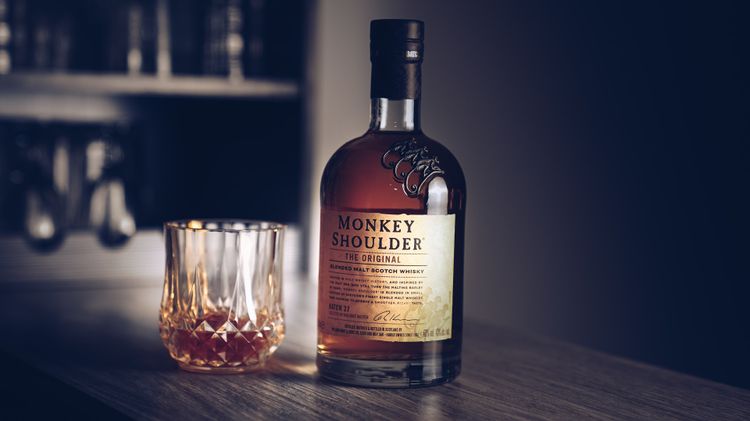What's in a name? The story of Japanese whisky

Japanese whisky has skyrocketed in popularity in recent times. No matter where you look, there is high demand for these products, with some of the higher end whiskies commanding a premium on their retail price.
Today's Newsletter is all about Japanese whisky.
The history of Japanese whisky
The story of modern Japanese whisky begins somewhere in the early 1920s, and can be traced to two Japanese men, Shinjiro Torii and Masataka Taketsuru.
Torii was a businessman. He had big plans for the spirits industry, including ideas for launching a Japanese whisky.
He was looking for the ideal business partner and opportunity.
Taketsuru had been a student in Scotland in 1918. He studied organic chemistry there, and also worked in some distilleries. There he learnt about Scotch whiskies.
Upon Taketsuru’s return to Japan, he was hired by Torii, to work for his company, Kotobukiya. Together, they created Japan’s first commercial distillery - Yamazaki, on the island of Honshu. This took place in the early 1920s.
This happy state of affairs did not last long; within a matter of years, both men had parted company.
The parting of ways was largely down to ‘creative differences’. Both men could not reconcile their separate visions for a Japanese whisky. While Torii favoured a smoother style, Taketsuru was more inclined towards the bold tastes of Scotch whisky. (Taketsuru’s preference was likely due to his experiences in Scotland.)
Taketsuru left to pursue his own vision. In around 1934, this resulted in a new company (Dai Nippon Kaju), with a distillery, called Yoichi, situated in Hokkaido.
The first company (Kotobukiya) has now been renamed Suntory.
The second company (Dai Nippon Kaju) has now been renamed Nikka.
Suntory and Nikka remain the biggest names in Japanese whisky today.
Suntory is the distillery behind the Hakushu, Hibiki , Toki, and Yamazaki whisky products.
Notable Nikka whiskies include Coffee Grain, From the Barrel, Miyagikyo Single Malt, and Yoichi Single Malt.
How Japanese whisky is made

Japanese whisky draws its inspiration from Scotch whisky. This is, of course, reflected in the common spelling (i.e. ‘whisky’ without the ‘e’).
The whisky-making process is similar to that of Scotch whisky, and it is common for a lot of the ingredients to be imported from Scotland.
The key ingredient is malted barley. Peated barley is also used.
The distillation stage is similar to that for Scotch whiskies: the whisky is distilled twice, in pot stills. However, for grain whiskies, distilleries often use column stills.
Similar to Scotch whisky, Japanese whiskies are aged in wood, often in sherry casks, or ex-bourbon American oak. That said, Japanese whiskies are also often aged in something closer to home - in Mizunara oak, a particular oak indigenous to Asia.
Mizunara oak is not the only point of difference.
There are some other areas in which the Japanese whisky-making process differs from that of Scotch whisky.
Scottish distilleries have the practice of trading their raw distillates with each other, and this helps in creating blends. However, this practice is not common in Japan. Japanese distilleries do not collaborate with each other in this way. As a result, to facilitate its own blending purposes, it is not uncommon for any one Japanese distillery to produce several distillates on its own. Japanese distilleries have to be self-sufficient in this way. There are, of course, exceptions - mainly where one company owns several distilleries, and then these can exchange distillates with each other.
For more on the making of whisky, see my Newsletter, How Whisky is Made.
What sets Japanese whiskies apart?
Japanese whiskies could be either single malts or blended whiskies.
The single malts are generally quite gentle in taste, and can also be floral and light. However, there are also some peated whiskies.
The blended whiskies can be truly special. For Scotch whiskies, you hear a lot about the region (of Scotland) in which the whisky was distilled. This is far less important for Japanese whiskies. For the latter, what is more highly prized is the skill of blending. That matters far more than the region in which the whisky was distilled. What is key here is the superiority of the blending, and this is mainly down to the innovativeness of the particular distillery, and it's not about the region where the distillery is situated.
The blending factor has one other key impact: it makes it difficult to identify a particular "Japanese" style of whisky.
So, what (really) is a ‘Japanese whisky’?

Difficult question.
As mentioned above, one of the impacts of the high blending culture is the difficulty in pinpointing a particular "Japanese" style of whisky.
There’s another issue, though.
Until fairly recently, the rules were quite lax regarding what could be classified as a "Japanese whisky". In fact, there are lots of whiskies out there that are labelled 'Japanese whisky', or 'Made in Japan’, which were actually not even distilled in the country. In the recent past, merely being bottled in Japan was enough for a whisky to be labelled a 'Japanese whisky’.
As Japanese whisky exploded in popularity, the absence of a robust regulatory framework began to loom large. Something needed to be done. The need for proper labelling rules became ever more apparent. There had to be more transparency. People needed to know the provenance of what they were drinking.
The Japan Spirits & Liqueurs Makers Association (JSLMA) decided to address the matter. In February 2021, it issued new Labelling Standards.
Basically, the point of these Labelling Standards is to tighten up the rules so that, in order for a whisky to be classed as ‘Japanese’, it must truly be so - from the raw material stage, right through to the bottling stage.
According to the Labelling Standards, in order to use the designation 'Japanese whisky' (or ‘Japanese whiskey’), the following conditions must be satisfied:
- The raw ingredients must always include malted grains, and must be limited to malted grains, other cereal grains, and water extracted in Japan;
- The saccharification, fermentation, and distillation must take place in a distillery located in Japan. The ABV at distillation should be less than 95%;
- The whisky must be aged in wood casks, the capacity of which should not exceed 700 litres;
- The ageing must take place in Japan, for a minimum of three years. This is similar to the rules for Scotch whisky;
- The whisky must be bottled in Japan, with minimum 40% ABV; and
- Plain caramel colouring may be used.
These rules took effect from 1 April 2021. However, for those (now mislabeled) whiskies that were already in production and on sale before that date, the whisky makers have been given until 31 March 2024 to sort themselves out.
The JSLMA is responsible for policing these standards, and will also (via a dedicated committee) provide any relevant clarifications or guidance.
One thing is clear: a lot of ‘Japanese whiskies’ currently on the market do not meet these recently introduced Standards.
But, does this matter?
Perhaps not so much.
As mentioned above, for Japanese whiskies, the ‘star quality’ is in the blending, rather than in the origin of the ingredients. So, the fact that some whiskies will no longer be able to call themselves 'Japanese' might not matter too much in the end. Nikka, for one, does not appear too bothered. It has updated its website so that, for each whisky, it tells us whether or not that whisky meets the conditions for classification as a Japanese whisky. Great move for transparency, but it is also Nikka’s way of showing confidence in its product. In other words, ‘Japanese or not, our whiskies are superb!’
I hope you enjoyed this week’s edition of Stories with Whisky. Feel free to forward to anyone who likes whisky, and stories about whisky.
